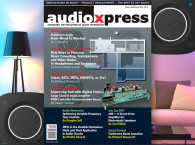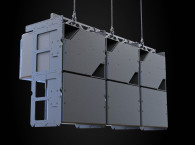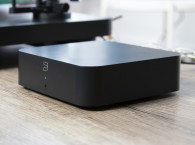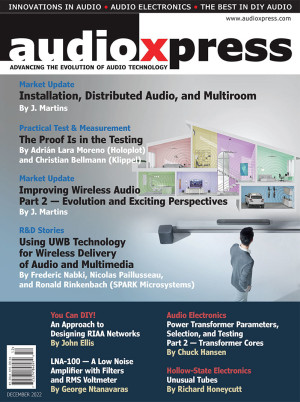 This issue of audioXpress features an extensive Market Update on audio technologies for Installation, Distributed Audio, and Multiroom. Following on our previous Market Update on residential integration, audioXpress explores the latest audio installation trends and solutions, and complementing the residential perspective, addresses the latest audio multiroom approaches and technologies, an area that is clearly lining up for serious evolution in 2023. From the latest generations of connected amplifiers to all-in-one connected speakers, analyzing reference examples of success strategies in this space, this is a complete perspective of the technologies and products that stand out in this market.
This issue of audioXpress features an extensive Market Update on audio technologies for Installation, Distributed Audio, and Multiroom. Following on our previous Market Update on residential integration, audioXpress explores the latest audio installation trends and solutions, and complementing the residential perspective, addresses the latest audio multiroom approaches and technologies, an area that is clearly lining up for serious evolution in 2023. From the latest generations of connected amplifiers to all-in-one connected speakers, analyzing reference examples of success strategies in this space, this is a complete perspective of the technologies and products that stand out in this market.In another must-read article in the December 2022 issue, Adrián Lara Moreno (Holoplot) and Christian Bellmann (Klippel) detail how the Klippel Near Field Scanner System (NFS) was recently used for the critical testing and measurement of Holoplot's X1 Matrix Array compensation algorithm capabilities. All our readers who have appreciated the story of the development of the unique Holoplot technology, published in the September 2022 issue of audioXpress, will enjoy reading about how Klippel and Holoplot worked to overcome frequency absorption and gain reduction challenges that resulted from the need to conceal the X1 systems behind an acoustically semi-transparent projection panel.
In "Improving Wireless Audio Part 2 - Evolution and Exciting Perspectives," J. Martins revisits the best efforts to offer wired sound without the wires, from Wi-Fi based implementations to new approaches exploring Ultra-Wideband (UWB). After having discussed the growing pains of Bluetooth and some of the earliest technology efforts in the wireless space in Part 1, this second article expands on the ongoing efforts and some of the most promising platforms and technologies for wireless audio, stereo and multichannel, including the Wireless Speaker and Audio (WiSA), Association, Bluesound BluOS, and DTS Play-Fi efforts. How the multiple technologies are lining up to fill in different spaces and applications, each with its unique advantages.
In a related contributed article by SPARK Microsystems, Frederic Nabki, Chief Technology Officer, Nicolas Paillusseau, Applications Manager, and Ronald Rinkenbach, Applications Engineer, address the advantages of using Ultra-Wideband (UWB) technology to achieve high-quality wireless audio streaming and how UWB radios can be deployed effectively as a high speed and low latency data communication method demonstrating compelling advantages. As SPARK has implemented and demonstrated in its evaluation systems, UWB exceeds performance of traditional narrowband devices, enabling uncompressed hi-res audio streams at 24-bit/96kHz with millisecond latency and very low power consumption.
For those exploring DIY phono equalization circuits, John Ellis offers "An Approach to Designing RIAA Networks." The well-known RIAA standard for vinyl recordings was pioneered by RCA and became widely adopted in the mid-1950s. It introduced three time constants of 3180, 318, and 75 microseconds, with the corresponding frequency break points at 50.049Hz, 500.49Hz, and 2122.11Hz, respectively. This article addresses an issue that often keeps designers busy calculating RIAA parts values for their phono amps. The reason is that the surrounding circuit parts always somehow influence the RIAA correction. So it is often a matter of trial and error. With the author's method, it is much easier to quickly calculate the correct values.
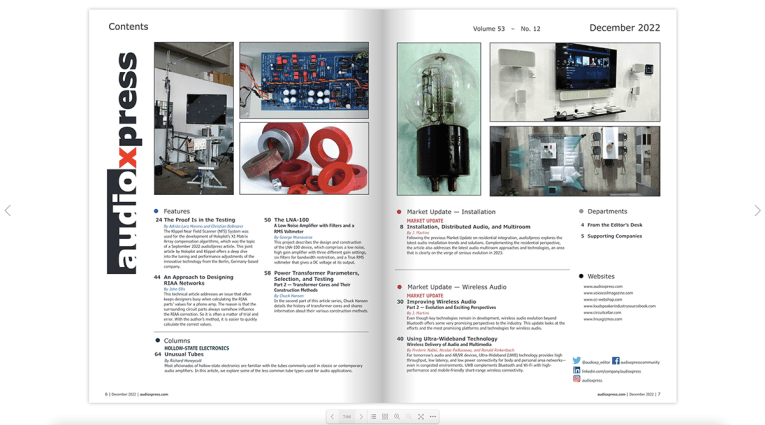
And expanding on the DIY and audio electronics perspective, George Ntanavaras shared another great project that many of our readers will want to explore building. In this case, the project details the design and construction of the LNA-100 device which comprises a low noise, high gain amplifier with three different gain settings, six filters for bandwidth restriction and a True RMS voltmeter, which gives a DC voltage at its output. The device is based on top-quality op-amps and almost all the components are contained on a single PCB for easy construction, using also an external low noise power supply. The completed LNA-100 device will be a handy companion in the test bench of any audio designer.
And the audio electronics perspective continues to expand with the second part of an article series, where Chuck Hansen details the history of transformer cores and shares information about their various construction methods. From C cores used by Westinghouse in distribution transformers around 1940, to C and E cores, and the first R cores and O core types, this is a reference guide to all that relates to Power Transformers in terms of parameters, selection, and testing.
And finally, Richard Honeycutt delights us once again with his Hollow-State Electronics column, this month focused on exploring Unusual Tubes. While most audio enthusiasts will be familiar with the tubes most commonly used in classic or contemporary audio amplifiers, this article explores some of the less common tube types used for audio applications. Discover fascinating tubes from Western Electric's 101 triode, which evolved from the original Audion, or the RCA developed 7199 miniature tube combining a medium-mu triode and a sharp-cutoff pentode in the same envelope.
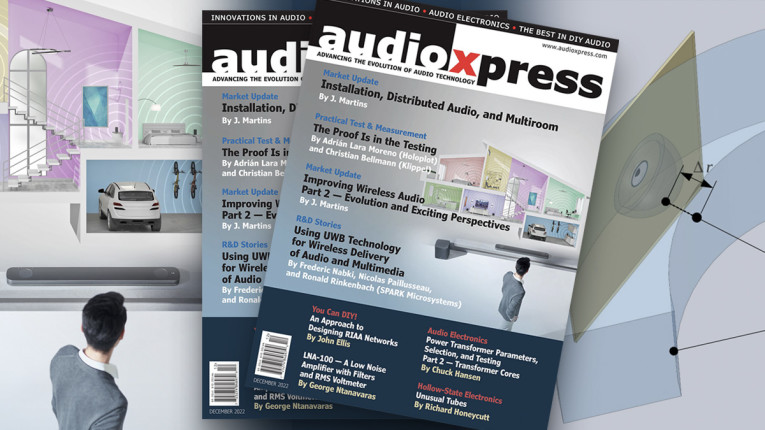
Subscribing to the digital online version allows immediate access and is available here: www.audioxpress.com/page/audioXpress-Subscription-Services.html
If you wish to buy a single printed issue or the complete audioXpress archive on USB, from 2000 to 2022 (yes, including the latest issue), just visit our online shop at www.cc-webshop.com
Don't miss out, get your copy of audioXpress right now at www.gotomyxpress.com



